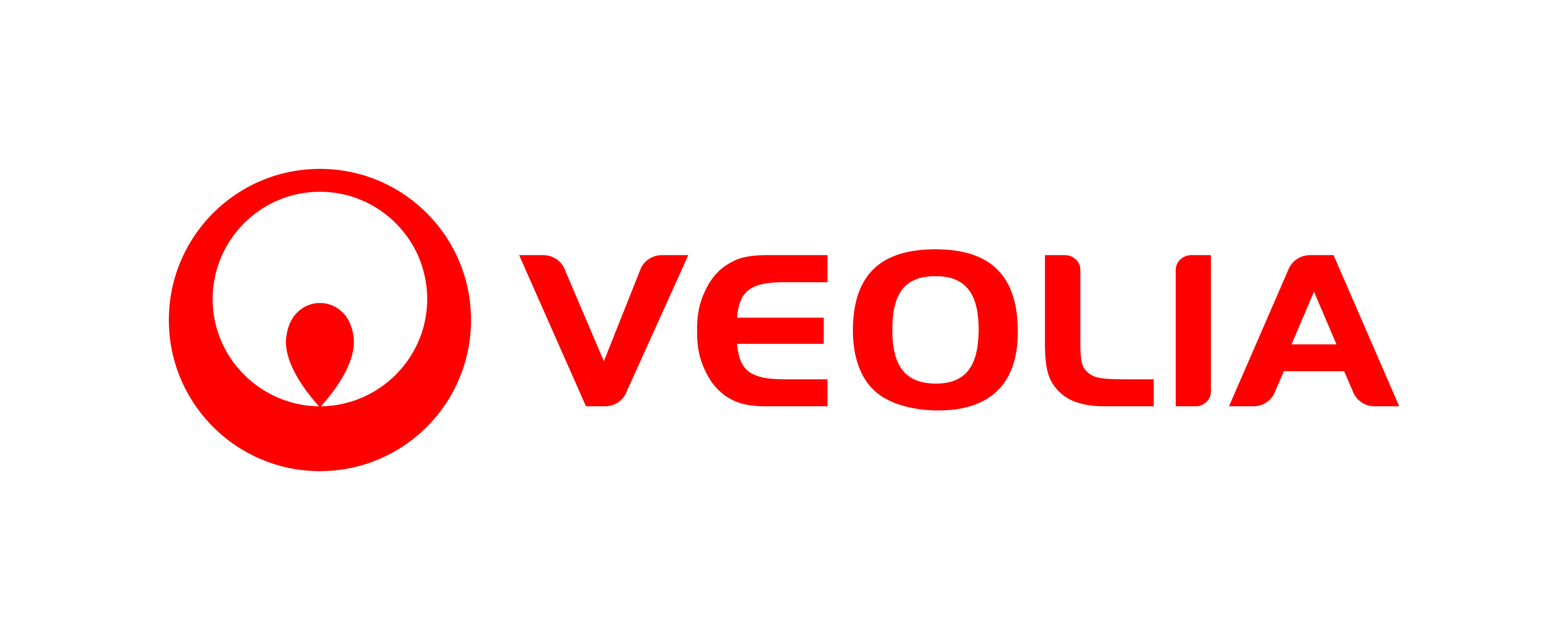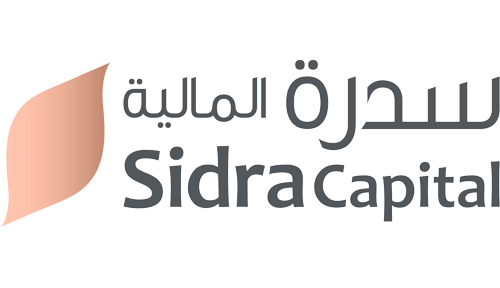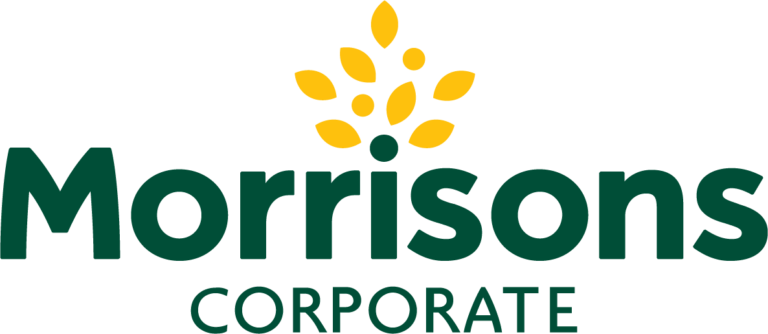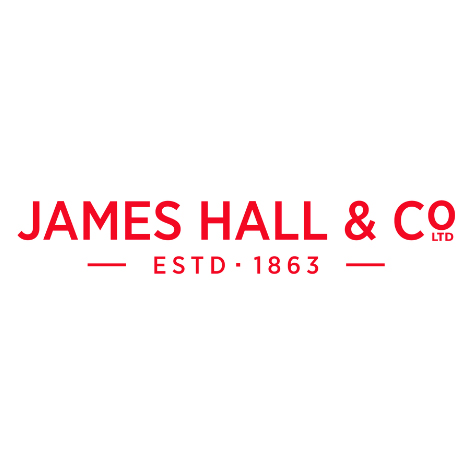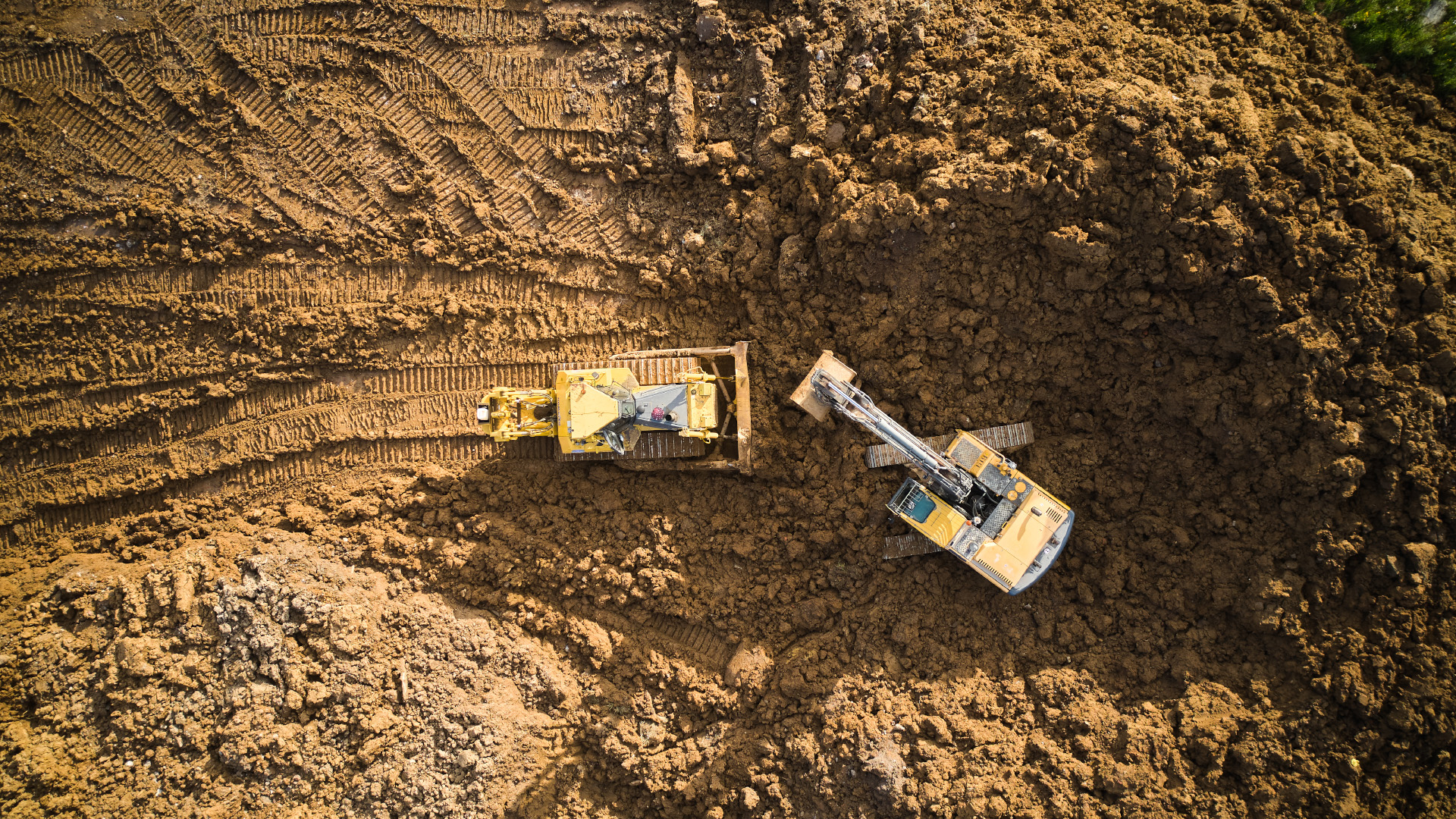
Air sparging & vacuum extraction
We have a history of bring clients reliable, cost-effective land remediation
Air sparging and vacuum extraction are two extremely compatible methods, adept at treating the most volatile organic compounds.
These historically proven methods are commonly used in tandem to treat toxic soils and groundwater.
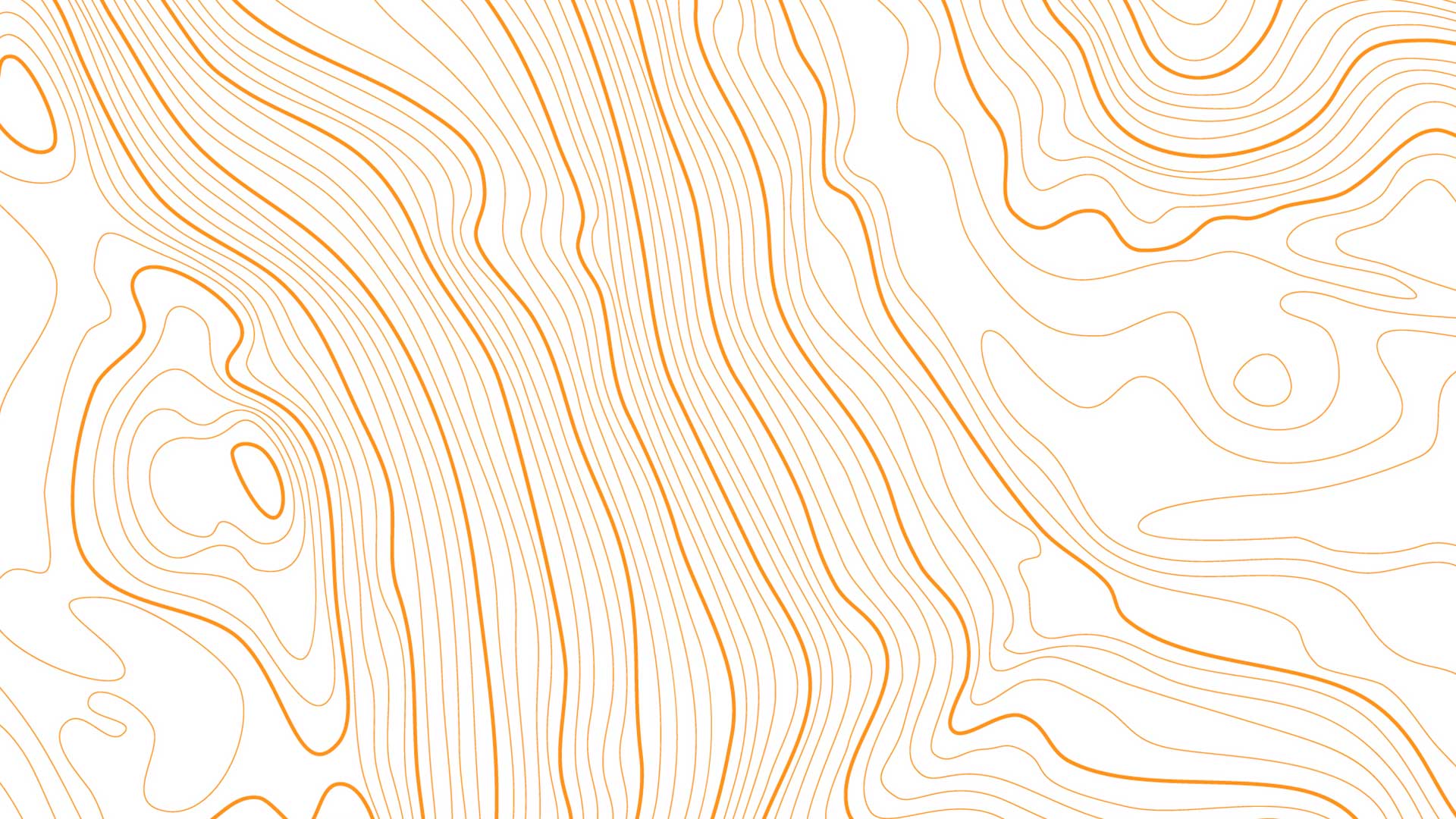

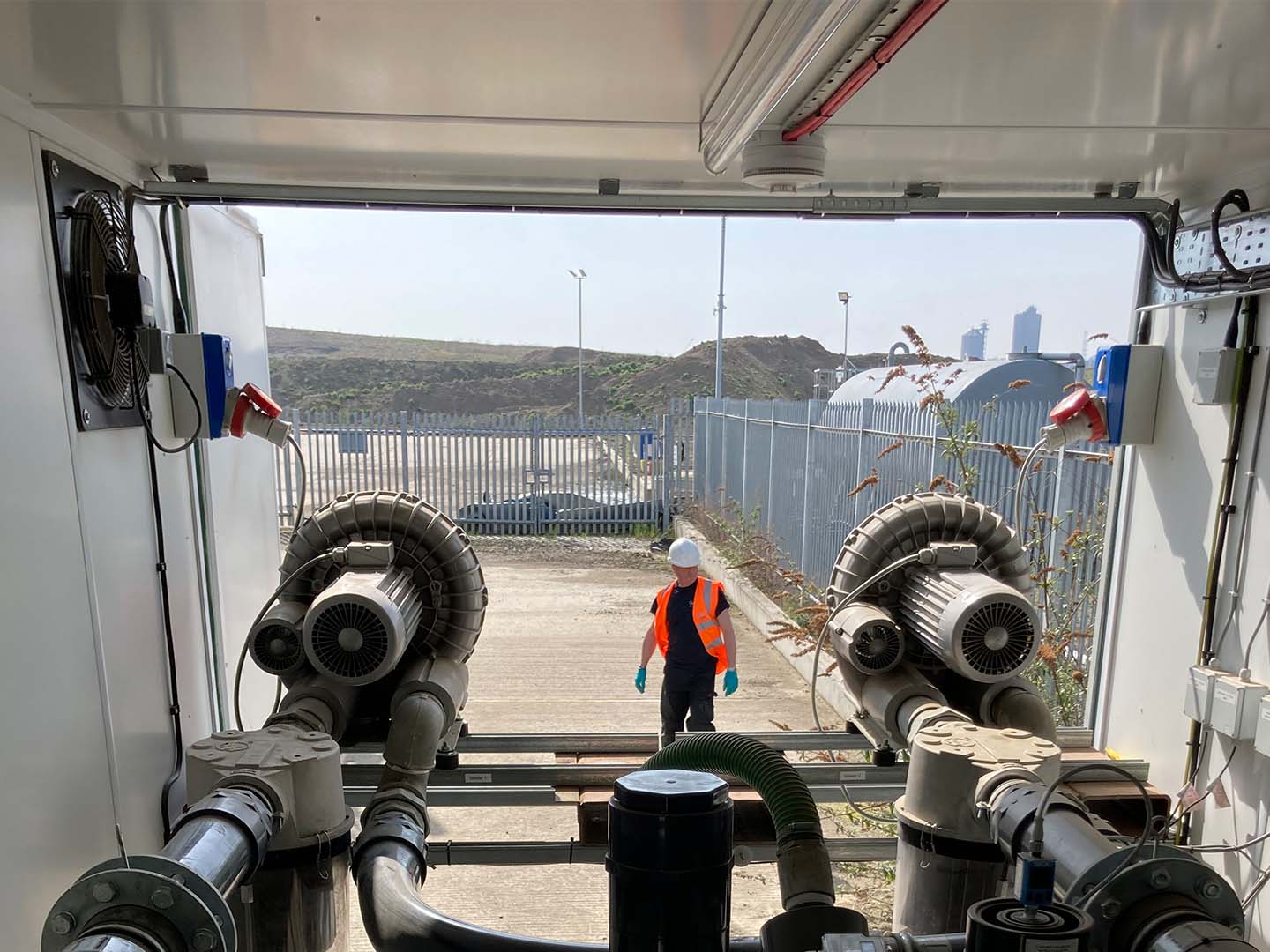


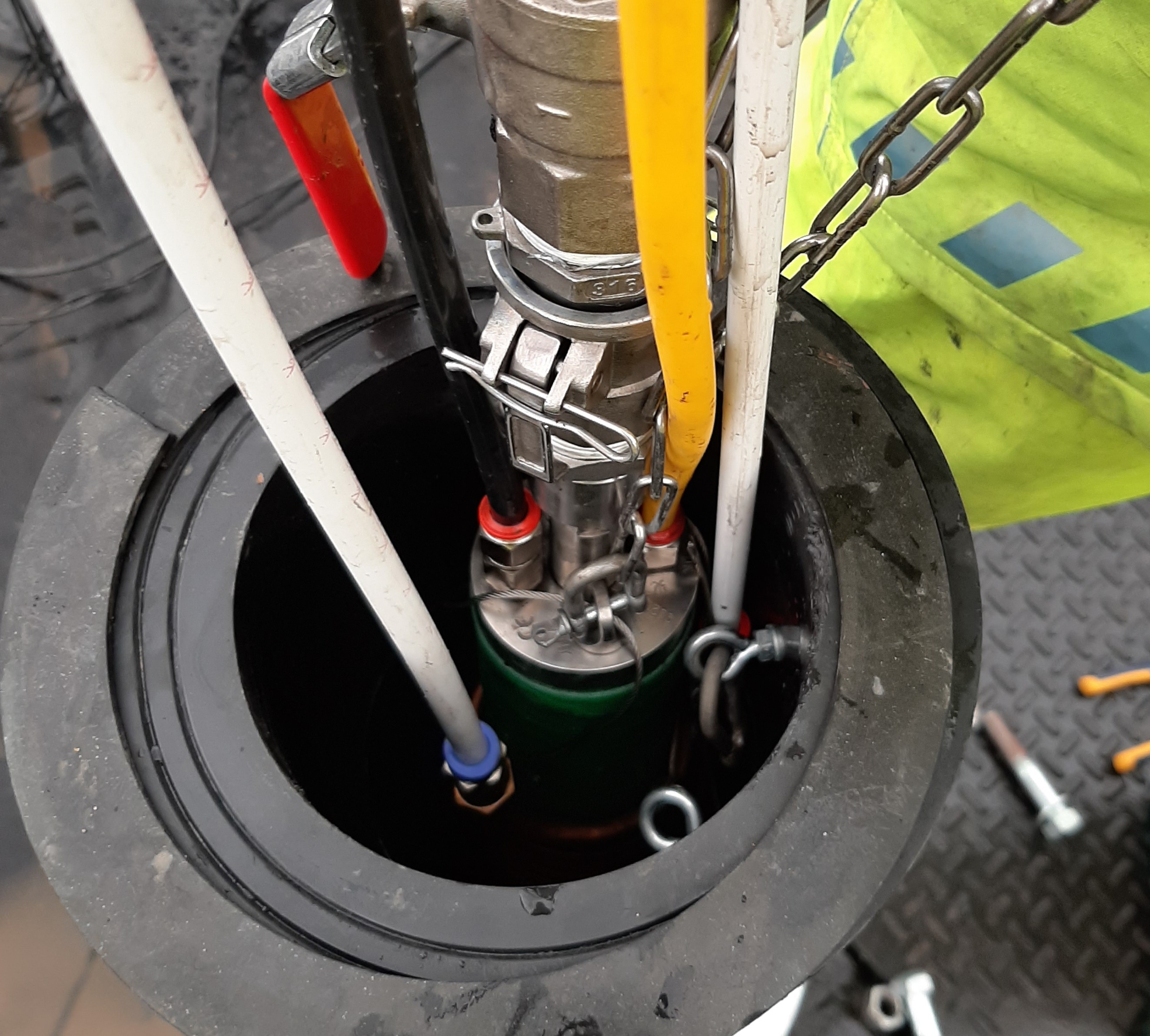
When posed with volatile organic compounds, we will pump oxygen into a contaminated aquifer; this process strips out contaminants, stimulating natural biodegradation.
Within the unsaturated zone, contaminated vapours are recovered using vacuum pumps, removing volatiles from the environment. This encourages the movement of oxygen-rich vapour through the affected environment.
Using a contained treatment plant, with a small footprint, this system can be installed into active sites with minimal disturbance to operations. This, paired with our 20+ years of experience in land remediation, ensures a service that saves on resources and treats soil efficiently.
Crumpsall: Air Sparge Vacuum Extraction
Investigations at a Petrol Filling Station (PFS) site in Greater Manchester identified hydrocarbon contamination in the subsurface and groundwater. A subsequent assessment carried out by GEO2 led to the recommendation of remediation, using Air Sparging and Vacuum Extraction techniques to mitigate identified hazards.
Working within the scope of an ongoing forecourt refurbishment, Geo2 quickly installed a treatment system. This applied a vacuum to the unsaturated soils and used a compressor to bubble air through the water column via wells in the impacted area of the site, with the aim of stimulating natural aerobic degradation and reducing hydrocarbon contamination to “as low as reasonably practicable”.
The treatment system operated for a 12-month period. The system allowed for the continued observation of treatment progress and calculation of recovered hydrocarbons. Monthly monitoring recorded groundwater levels and any potential contamination rebound.
After 12 months, the treatment system shut down to allow validation sampling and monitoring over a period of 3 months. Of the six monitoring wells located across the treatment area of the site, lab testing of groundwater samples recorded marginal elevated concentration of hydrocarbons above SSTLs (Site Specific Target Levels) at just one location.
The remediation system was operated with minimal risk of harm or nuisance to site users whilst trading. Reductions of hydrocarbon concentration in shallow groundwater are now close to 90%, demonstrating efficient work that has saved the client resource in the long run and made the site safe and within regulation for future industrial use.
Who we work with




